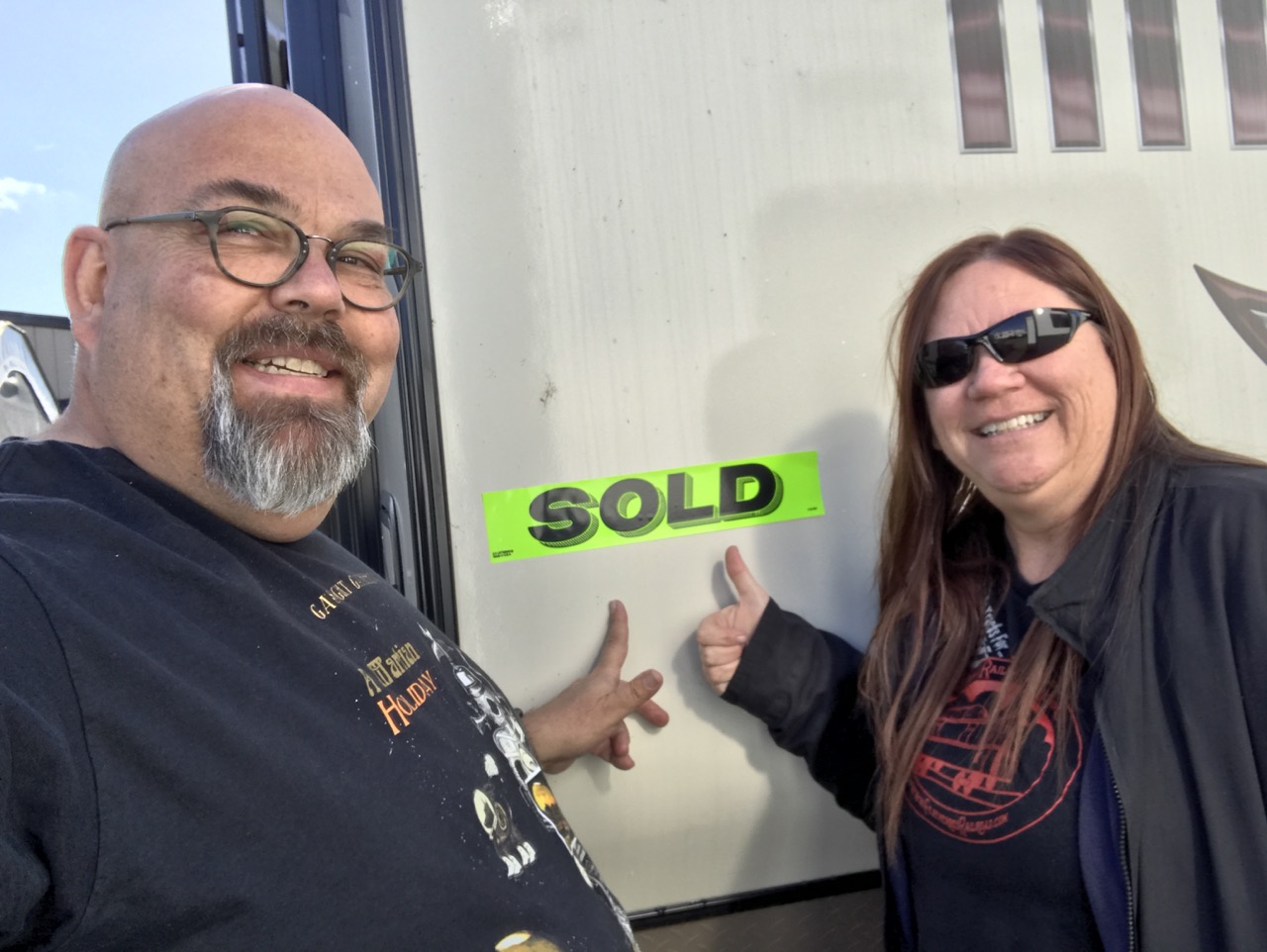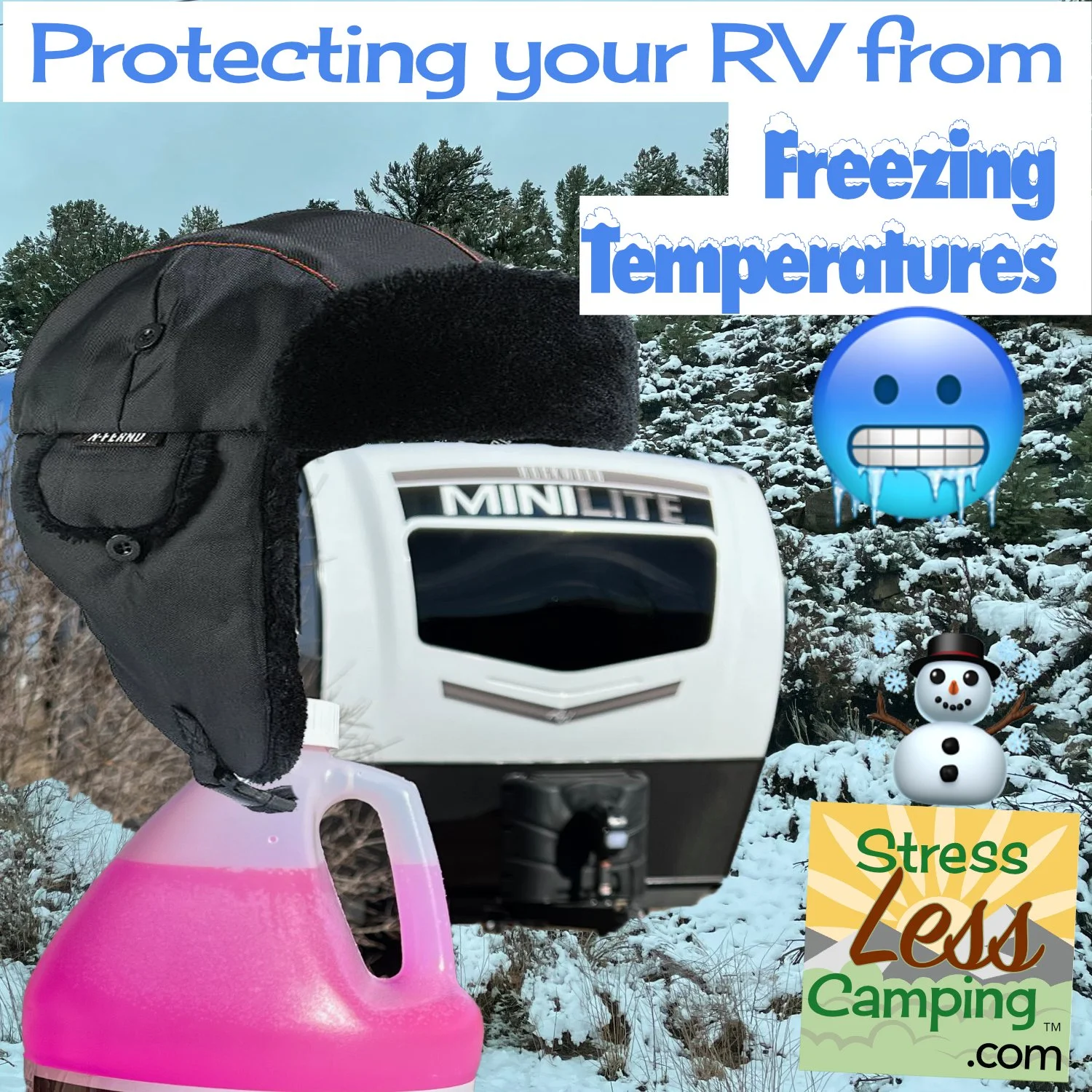How to dump your RV black tank
Simple tips to dump your RV black tank
Dumping the black tank is a dirty job, but somebody’s got to do it.
While it might seem simple, a lot of people ask how to properly dump your RV tanks. The black tank, in particular, leaves people with questions but here are the steps you can take to be successful in dumping your RV tanks.
The two most intimidating things to many about the RV lifestyle are dumping the black tank and simply driving the RV for many people. But it doesn't have to be a challenge and this article will help you to be very successful and almost odor-free in the process.
Like all sewer systems, RV tanks depend on sufficient water quantity to successfully remove deposits and, well, stuff from them. Liquids such as water and urine are a factor in how well the RV black tank gets emptied when that time comes.
Tools of the trade
Before your first journey into the great outdoors, there are certain tools you’ll want to have to successfully dump your RV’s tanks.
A great sewer hose like the Camco RhinoFlex hose with swivel fittings is a good place to start. Quality tools rarely disappoint and the clear elbows on this will help you see what’s going on. Or coming out, as the case may be. And you thought camping was about enjoying the great outdoors.
Nitrile disposable gloves
That’s it!
How to dump your RV’s tanks
If you’re like me you’ve read none of the other stuff I’ve written and jumped right to this list. So here goes:
Put on your gloves. You know, just in case.
Connect your Camco RhinoFlex hose to your RV - make sure the connection is not going to come off. Incidentally, many people call this thing the stinky slinky.
Remove whatever cap is on the sewer connection and connect your Camco RhinoFlex sewer hose. It’s a good idea to make sure that the sewer hose is either screwed in with the fitting or well weighted down at the end.
The clear end of the sewer hose should be the last thing you connect to the sewer so you can see when you’ve successfully cleaned your tank.
A brick or other heavy object can usually be found by sewer fittings that are not threaded. You won’t have been the first to want to weigh this down - you know it’ll pop out if you don’t and not while you’re just dumping fresh water. Incidentally, my first experience with the “black water dance“ was due to my not weighing down the fitting. Nobody wants to do the black water dance.It’s a good idea to not leave your gray water tank valve open continuously. The reason for this is that you’ll have more water available to flush the sewer hose when you’re done emptying the black tank. Also, the smells from the sewer do come up the hose if the valve is left open and can easily enter your RV. And, we’ve heard from a few RV tank professionals who had to remove rodents from tanks that were left open.
Some RVs have a black tank flush system. If yours is so equipped, hook up the water hose at this point. It’s a really great idea to have a separate hose from the one you use for your fresh water. Just because. We use one of those expanding garden hoses because they're easier to store and we don’t use it frequently but any hose will work here.
If you don’t have a fresh water flush you might consider something like the Camco Swivel Stik to help truly flush out your RV’s black tank. However this is really a two-person operation that involves someone in the bathroom shooting water down the toilet and the other monitoring the “output.”
Open your gray water tank for a moment. If there is an unintended release of water at any of the connections, it’s better that it’s gray water than black. If all works well then close the gray tank and prepare for launch. Yep, we’re taking the browns to the super bowl.
Finally you can open the black water tank. The clear elbow at the end of the hose is really a great thing to have because you can see when things are done.
What I like to do is close the black tank valve when the tank has emptied and then fill it with fresh water. Our RV has a black tank flush so that’s how I do this - if yours doesn’t you might try the Camco Swivel Stik. Be very, very careful not to overfill the black tank. As bad as it is to clean this mess when it’s outside your RV, it’s incrementally worse when it’s inside.
You can monitor the amount of water you’re adding to the black tank with the tank monitor system. Filling it at least part way with fresh water also cleans these sensors so they work accurately.
Once the black tank has been filled at least part-way with fresh water, you can then open the black tank valve again and watch what happens through the clear elbow. You’ll be surprised by how much toilet paper was in the supposedly empty black tank. I’ve had to fill and dump the black tank up to 3 times to get it all out and we use paper designed for septic use.
Once you’re satisfied that your black tank is clean, now you can dump the gray water tank. The reason to save this for last is that the gray water actually flushes your stinky slinky with water that hasn’t been in the black tank. Now it’s not so gross to disconnect the hose when you’re done and store it wherever you store it.
A few more tips
You might find that the stinky slinky is really difficult to get on and off at first. I’ve found that rubbing a bar of hotel-sized soap on the fitting and posts really helps and there’s nothing in bar soap that harms a sewer system. See - you’re being green while dealing with the brown.
When we’re in the RV park we usually don’t connect the stinky slinky to the RV and sewer until we’re ready to dump. As mentioned, we don’t leave any of our valves open even when we’re in a park that has full hookups. We do monitor tank levels, of course. Because we follow these procedures and use fresh water to clean the black tank the monitors in our trailer have not stopped working.
We try not to drive our RV around with the black and gray tanks with content in them, but this isn’t always true. If the tank is mostly empty we sometimes break this rule. But, when you think about it, liquids are about 8lb/gallon and you’re hauling around political promises, or at least their equivalency.
Do not leave your tank valves open
This is a common mistake that newer RVers do. Why not leave it open? As mentioned, RV tanks depend on water to be able to successfully remove all debris from them. If you leave the black tank valve open what happens is the water drains out but the solids tend to stay behind. They then dry out, leaving you with a huge and potentially expensive problem to get rid of.
By leaving the black tank valve closed the water from the toilet plus urine help to dissolve the solids over time. It’s also good to put a tank treatment in the black tank on the first use.
We interviewed the creator of Tank Techs Rx on the podcast which uses enzymes to help break down the solids while the valve is closed resulting in fewer odors plus a more successful dump. You know - of the tank.
RV Toilet Paper
As with regular toilet paper, there are a lot of opinions about RV toilet paper. You can’t go wrong with toilet paper designed for RVs as it’s specifically designed to dissolve quickly. However we’ve found that toilet paper designed for septic systems also work very well.
Peggy wrote an article about RV toilet paper you might want to check out.
See, that wasn't so bad
If you’re like me and have paid attention you will have been successful. As mentioned, I didn’t weigh-down my sewer hose the first time I did this and had quite the nasty mess to clean up. Had I mentioned that I hadn’t bought gloves yet? Yeah, it was that bad.
The bottom line on this whole thing is that lots of water makes the process much more tolerable and successful. Water in the black tank plus water from the gray tank are all important parts of the equation.
Let me know how successful you’ve been at this and I hope this article helps you avoid the black water dance. It’s no fun. Well, except for anyone else watching you. Then it’s YouTube gold.
RV Tank Treatments
We also have an episode of the StressLess Camping podcast about RV tank treatments that has some great information that can save you money and trouble.






